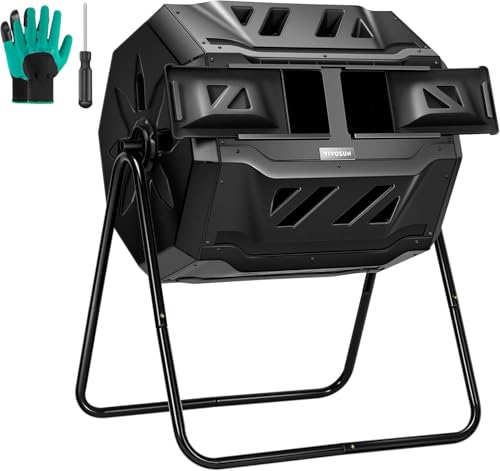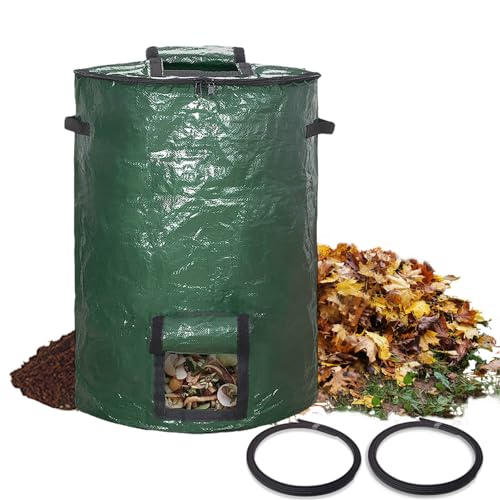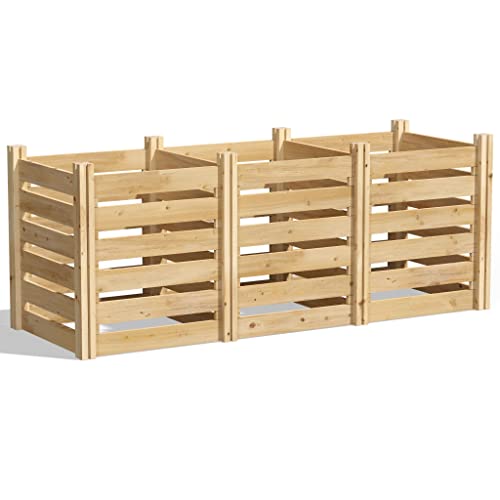7 Of The Best Fall Mulching Materials – These Are All Free and Eco-Friendly
Fall is a great time to mulch, and it doesn't need to cost a fortune
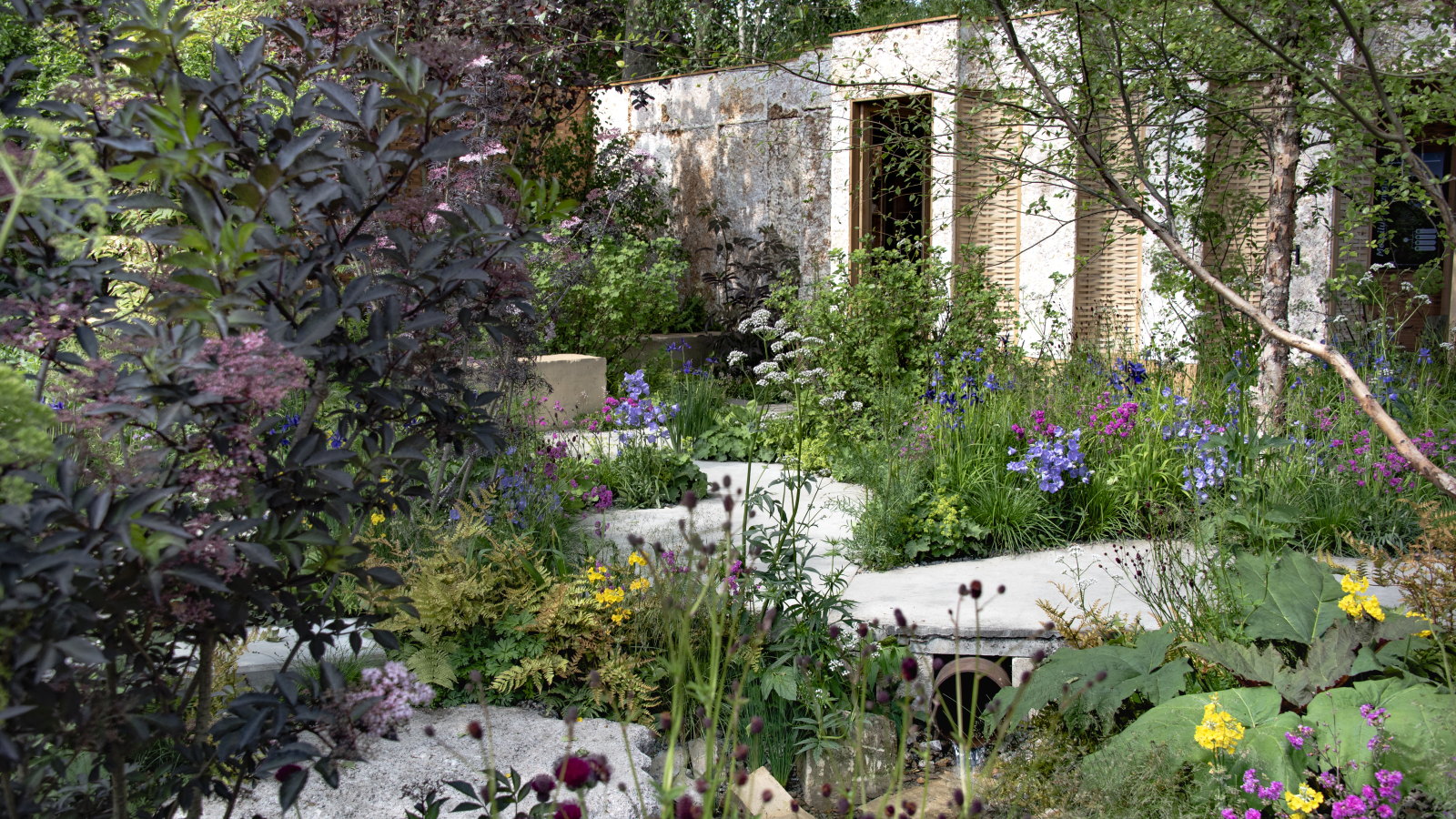
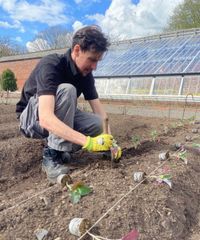
Mulching is an essential task in the fall, and you can choose between different materials. However, if you are like me and enjoy a gardening bargain, you may lean towards free mulch. Not only does it help your wallet, but it can also be more eco-friendly than getting deliveries of bagged products.
The good news is that many of the best fall mulching materials can be sourced for zero cost. Some may require a bit of effort, and others a friendly phone call, but there are ways to access free mulch if you are willing to give it a try.
From mulching large flower beds to raised beds, adding organic matter smothers weeds, retains moisture, and insulates plants against the cold. Whether you get enough materials for free may depend on the type of mulch you want and the size of the space. However, any free mulch is better than no free mulch, and where there's a will, there's a way.
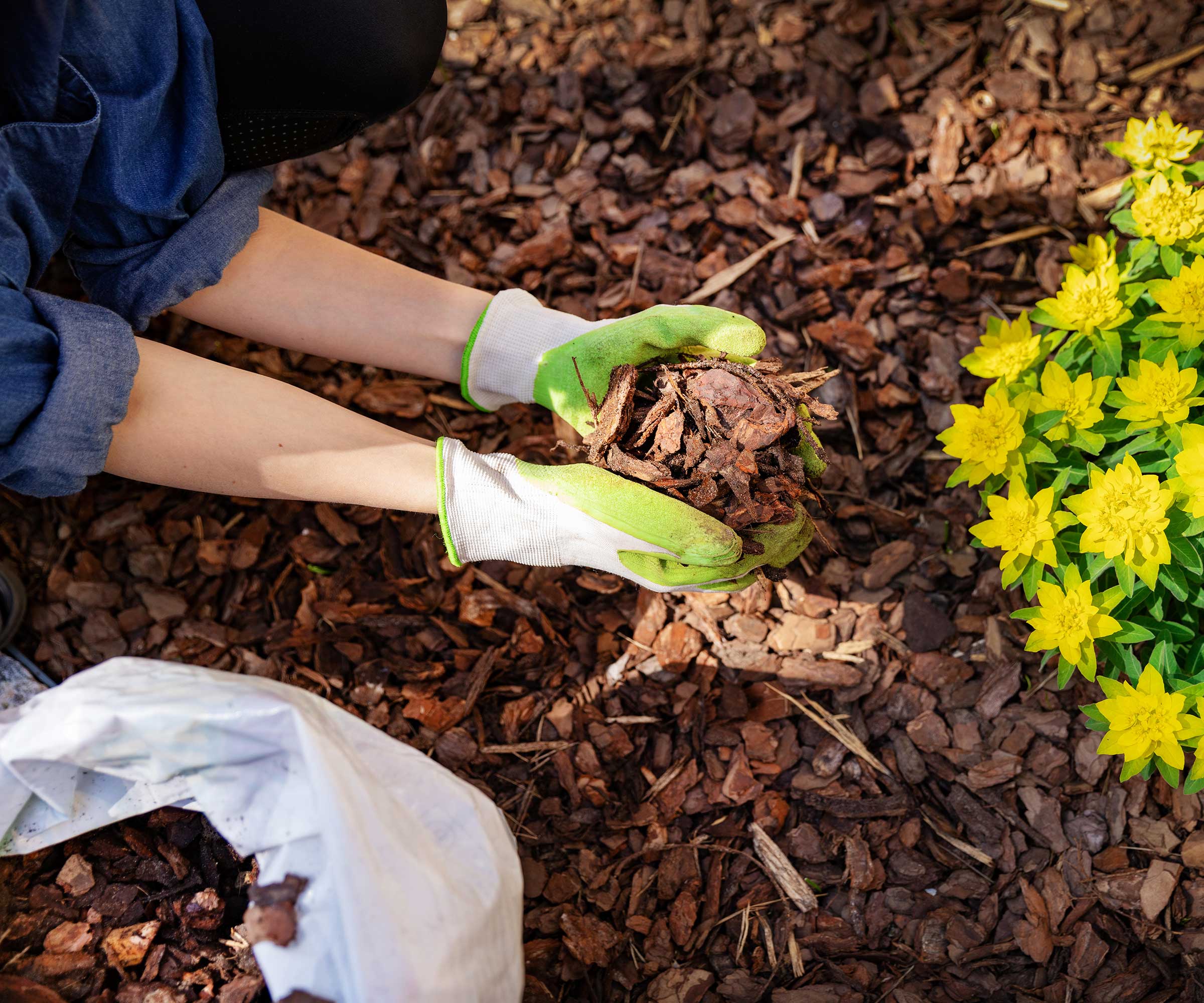
7 of the Best Fall Mulching Materials
The following selection of the best fall mulching materials can be spread at any time until the soil freezes. The soil in the fall still holds summer warmth and moisture from the seasonal rains, but it pays to act quickly. Mulching flower beds and vegetable gardens is best done in September, October, or early November before the first frosts arrive in your climate.
1. Compost
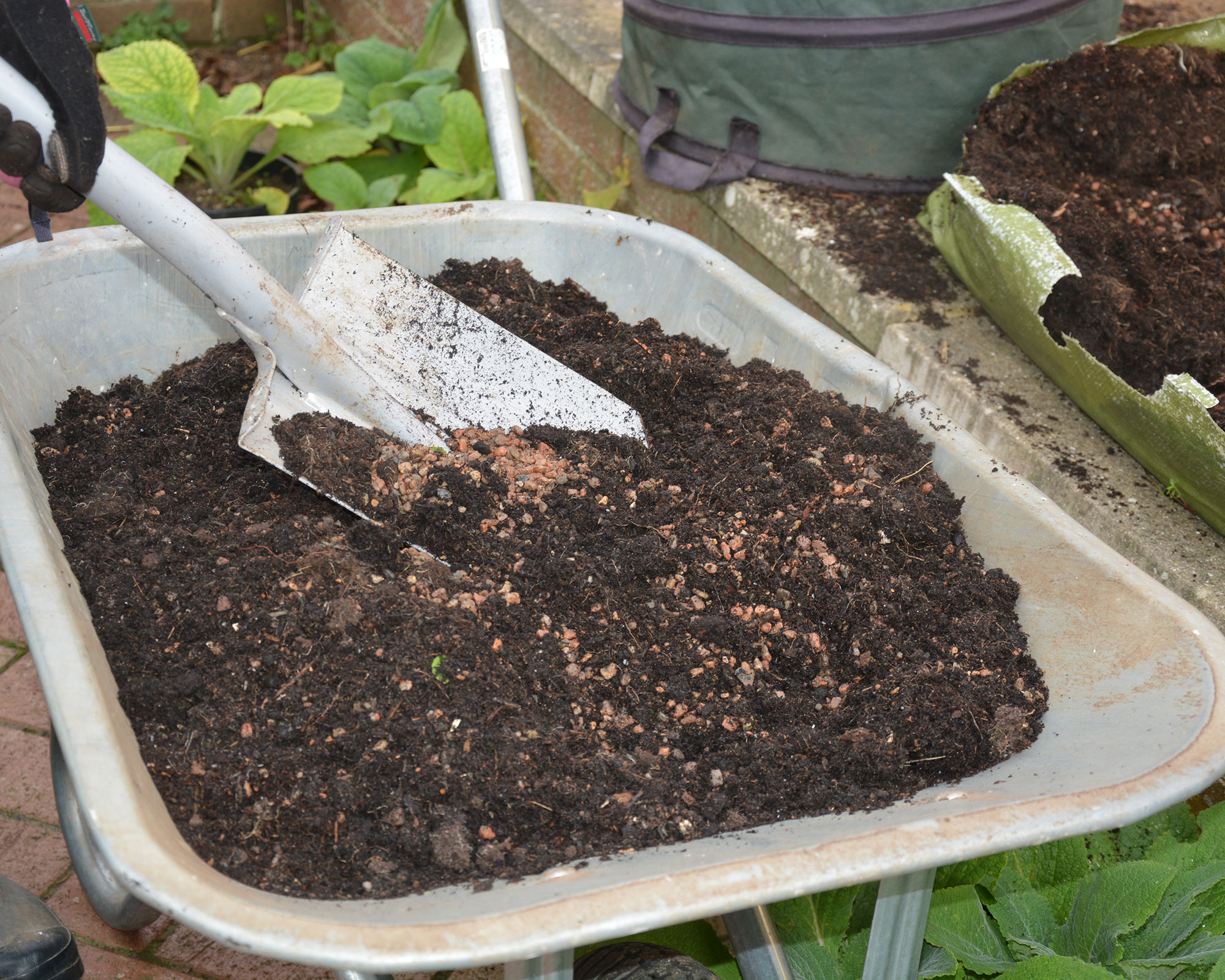
Compost is an excellent fall mulching material. Made from a mix of materials, including garden waste, kitchen scraps, cardboard, and more, this wonderful natural material boosts soil nutrients and structure.
It is a material I regularly spread onto flower beds and vegetable patches during my years maintaining historic gardens, where we were fortunate enough to have the materials and space to make compost on a large scale.
I advise any gardener to grow their own compost to get this free resource. It can take three months to a year to make, depending on your method and materials, as homemade compost is ready when it is fully broken down, smells earthy, and has a crumbly texture.
Design expertise in your inbox – from inspiring decorating ideas and beautiful celebrity homes to practical gardening advice and shopping round-ups.
If you don't already make your own compost, fall or spring are great times to start a compost heap to access crumbly, nutrient-rich, homemade goodness that will benefit any beds, borders, raised beds, or containers. You can buy a freestanding compost bin (like this 80 gallon composter at Amazon) or get compost tumblers.
2. Leaves
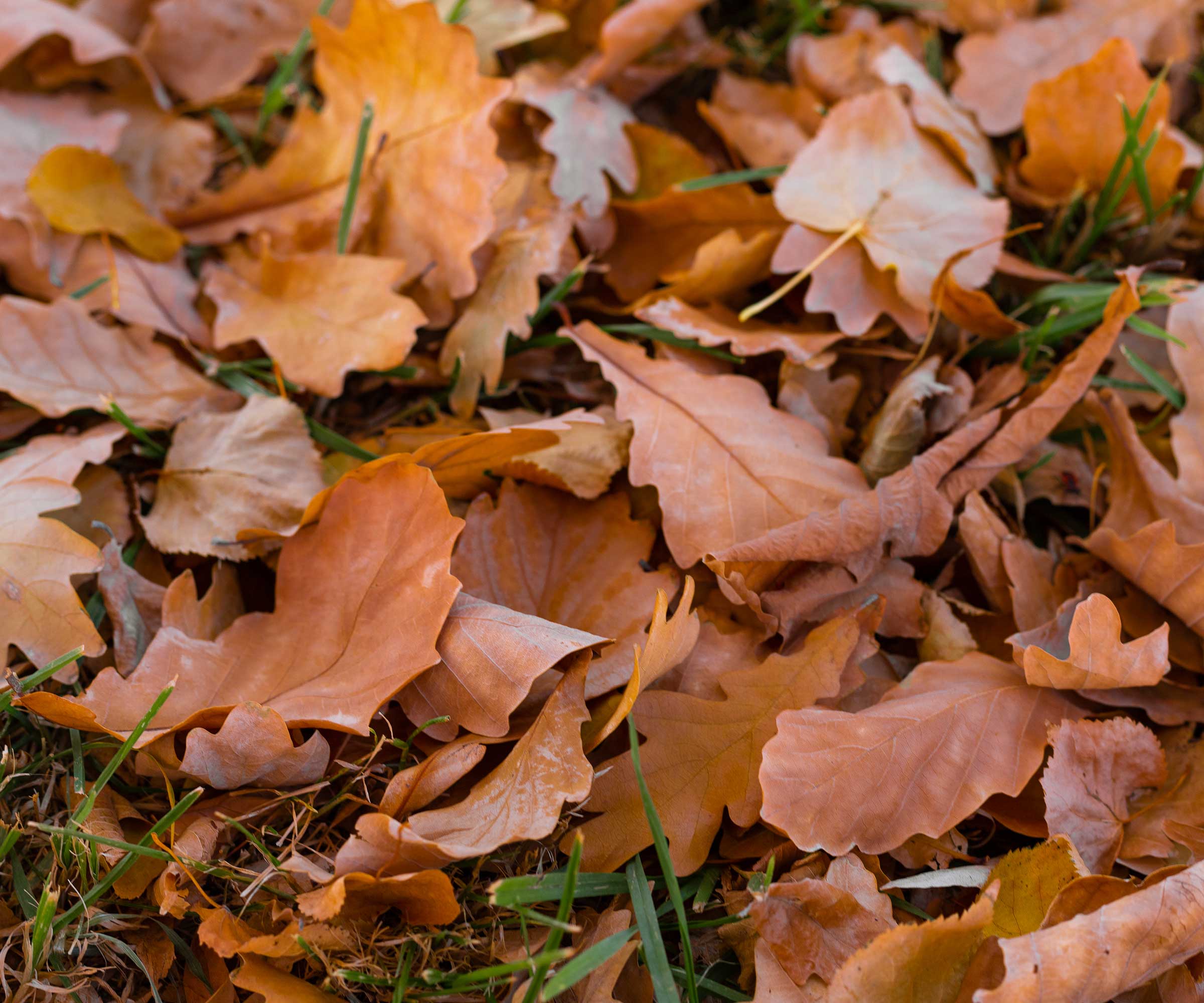
Leaves are a great free resource for a fall mulching material, and can actually be used in two ways. As they drop from trees in the fall, they can be collected and utilized with a bit of effort, but at no cost. Here's what to do with fallen leaves in the fall:
The quickest way to use leaves is to add them straight on top of the soil to mulch flower beds. It is advisable to chop them with a lawn mower, strimmer, or shears after collecting leaves and before spreading them, so they allow rain to penetrate down to the soil.
Alternatively, you can turn those fallen leaves into leaf mold if you are willing to wait a bit. You can make leaf mulch by collecting leaves into a bin or plastic bag and leaving them for at least a year. The leaves break down into rich leaf mold, which you can use as a fall mulching material.
A large-capacity outdoor compost bin like this at Amazon can make an ideal backyard composter for collected leaves.
We always spread a few inches of leaf mold each fall to mulch a large vegetable garden I worked in. But leaf mold can also be used on any flower borders or raised beds.
3. Cardboard
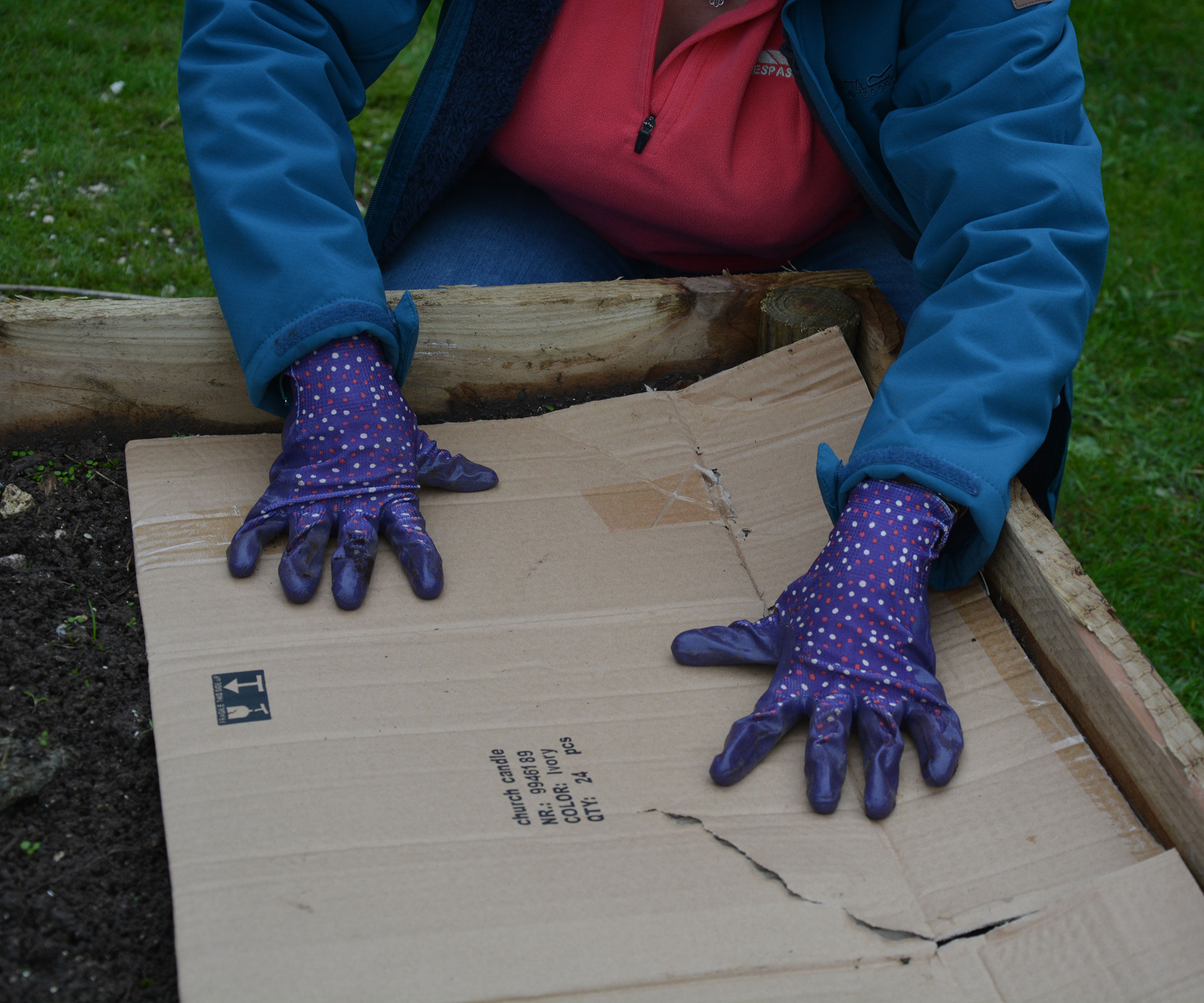
Cardboard is a free resource that many homes have in abundance. Instead of sending them off for recycling or storing them in a garage or attic, you can reuse cardboard in the garden as a mulching material.
Layers of cardboard will suppress weeds, keep moisture in the soil, and decompose to provide nutrients, including carbon, to plants. It is a fall mulching material I have spread on my allotments over the years to protect the soil from winter weather and keep weeds at bay.
It is important to avoid using heavily printed or coloured boxes, as coloured inks can introduce chemicals into the garden. Also, remove any tape, labels, or staples before using cardboard for weed control.
Good practice is to wet the cardboard after you lay it, and, unless you are covering it with topsoil, compost, wood chips or other material, to weigh it down to avoid it blowing away in strong winds. If you are making no-dig gardening beds, add a thick layer of organic matter on top of the cardboard.
4. Wood Chips

Wood chips or shredded bark from chopped-down trees or shrubs make a good mulching material for retaining moisture, suppressing weeds, and beautifying areas.
The materials can make areas around shrubs or trees look neat, without adding lots of nutrients as they break down slowly. If you want a longer-term mulch, this is a good route to go, and I have often used them to make paths around vegetable or cut flower beds.
If you have a shredder at home, you could get small amounts of material. However, large amounts of woodchips or bark may be easier to get than you may imagine. As many cities or municipalities charge arborists to dispose of their chippings, they are often happy to give it away to gardeners for free.
You can contact local arborists and tree trimming companies, or there are websites established to help gardeners get free wood chip mulch from arborists. To get this free fall mulching material, you will need to accept a bulk delivery and have a suitable, convenient drop-off location.
5. Grass Clippings
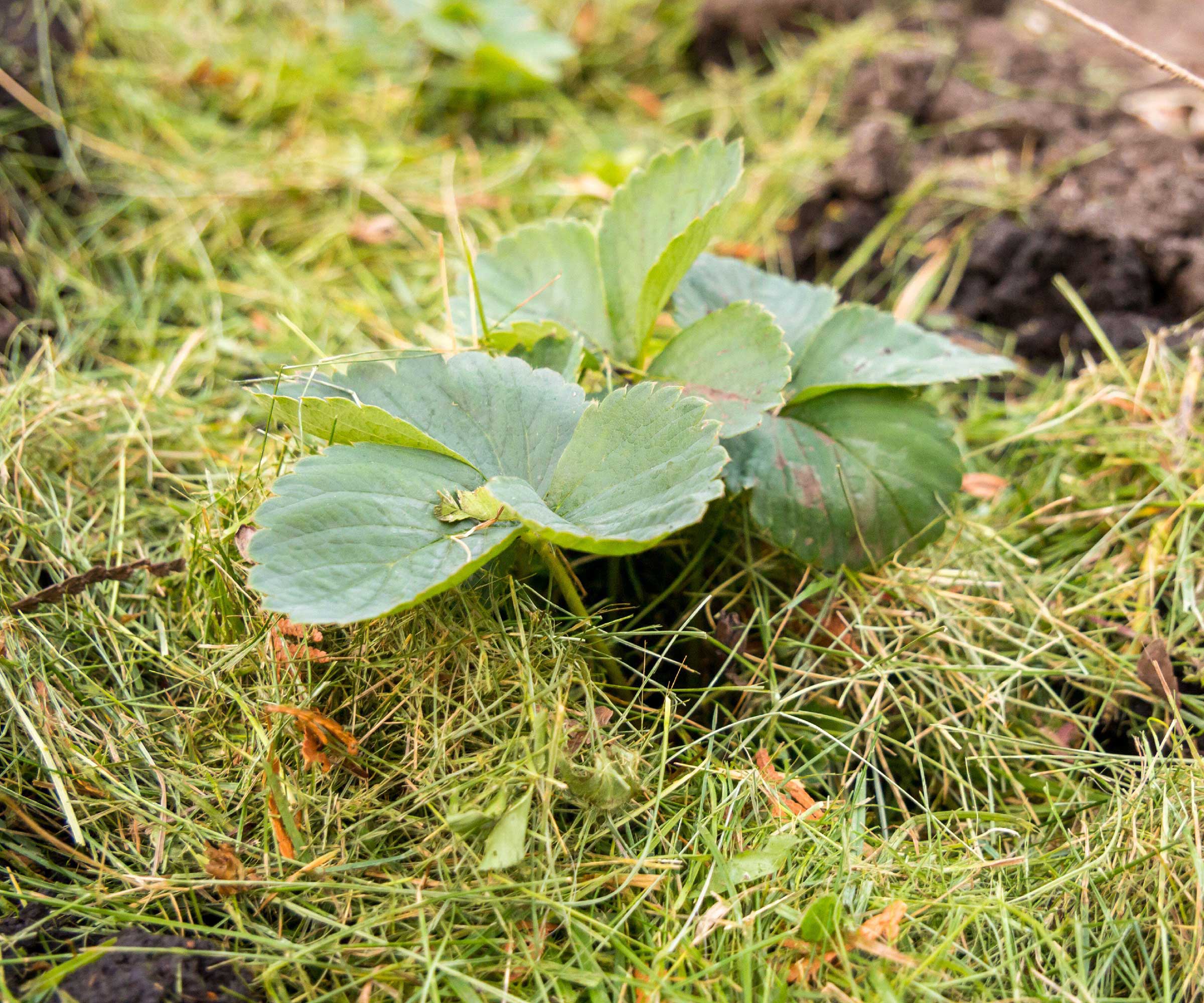
Using grass clippings after mowing as a mulch is a valuable way to add nitrogen to your soil, suppress weeds and retain moisture. Grass clippings can be added throughout the mowing season to ornamental or vegetable beds in thin layers, around 1-2 inches thick.
However, we know that fall is the end of the mowing calendar. The lawn will continue growing as long as the soil is warm enough, so you shouldn't stop mowing your lawn in the fall until the soil temperatures reach 45°F for cool-season grass and 50-55°F for warm-season ones. This can be in October or November, depending on local climates.
It can be worth checking with families, friends, and neighbors to collect their grass clippings to add to your own. The chances are high that many people may be happy to give you their clippings in the fall rather than discard them themselves.
You may not get enough clippings to mulch large beds in fall, but accumulating enough to add a 1-2 inch layer to raised beds can help boost the soil as it breaks down and stop any fall weeds from germinating.
6. Pine Needles
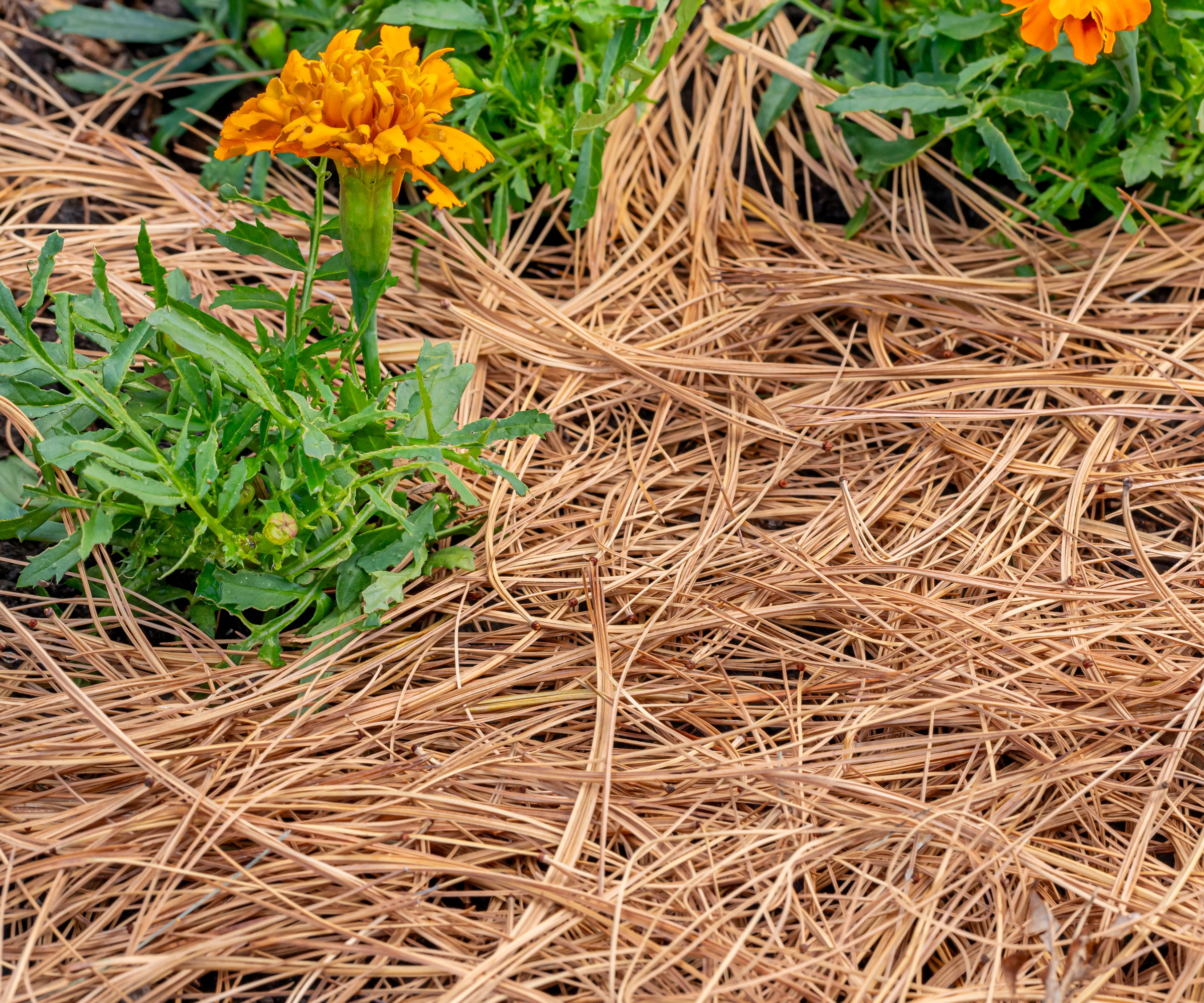
If you have pine trees growing on or around your property, the needles they drop in the fall can make a great free mulch. The needles are shed from August onwards and are easy to collect from around the tree with a rake and bags, buckets, or a tarpaulin.
The primary concern about using pine needles as mulch is that they can make the soil more acidic. However, you can relax, as this has been debunked in recent years. The acidity of pine needles lessens as they break down, so they don't impact the pH of the soil.
Pine needles decompose more slowly than other types of mulch, meaning they don't need replacing and last for two or more years. The needles also don't compact down and form a thick mat that rain can't penetrate; instead, they settle into a fluffy, light layer that allows rain to filter through but is sturdy enough that it doesn't get washed away during storms.
7. Seaweed
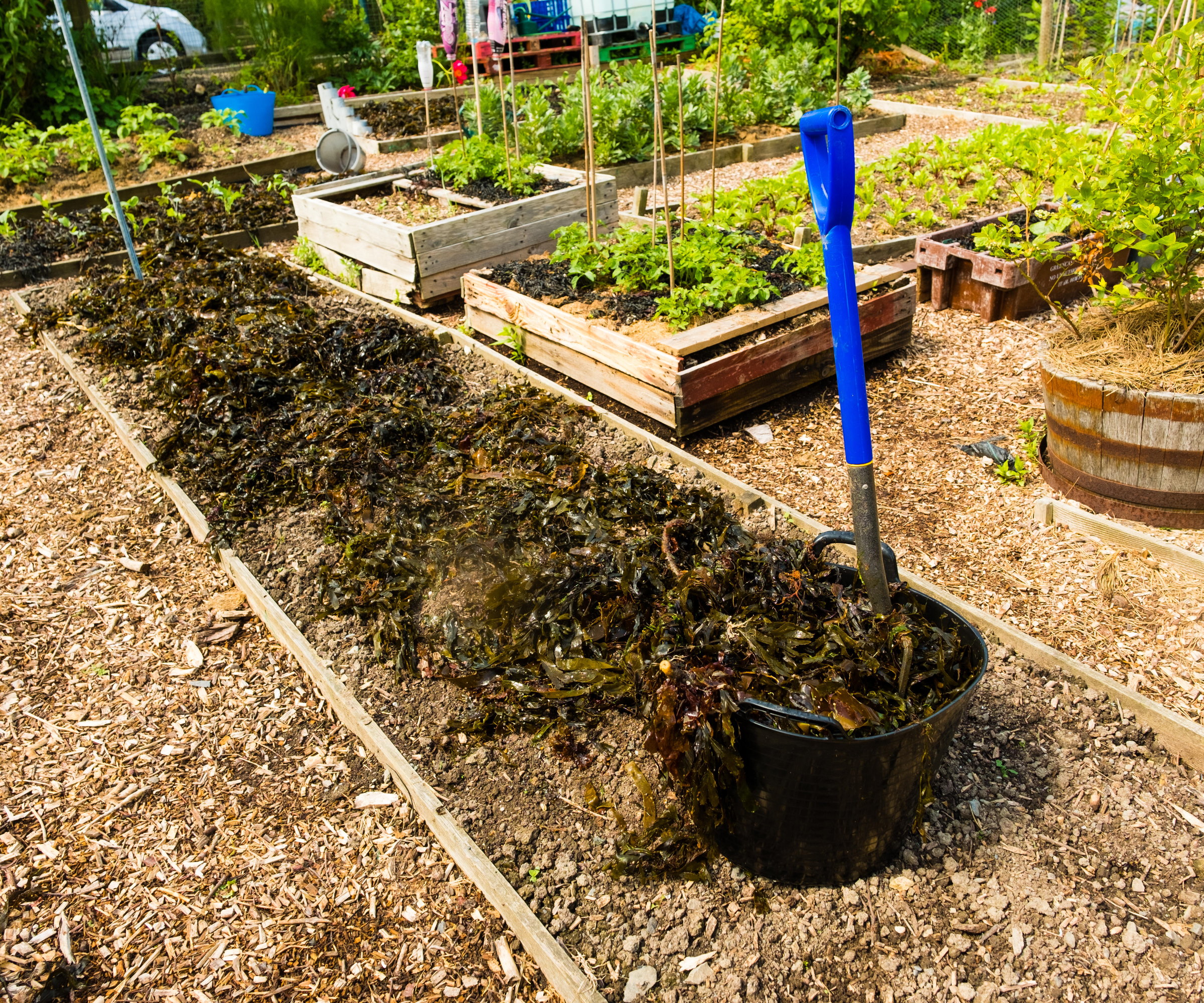
If you live within driving distance of the shoreline, fresh seaweed is a great fall mulching material that you can gather for free.
Whether you use it as a standalone mulch or mix it with other materials, seaweed contains small amounts of nitrogen, phosphorus, and potassium, as well as minerals like copper, iron, zinc, and iodine, which it slowly releases to plants as it decomposes.
A bonus with using seaweed in the garden as a mulch is that it helps repel slugs and snails, thanks to its natural saltiness and its jagged edges as it dries. Spread a layer at least four inches thick, and expect natural shrinkage that may require a second application to cover any gaps.
You can collect seaweed to use as a garden fertilizer year-round. You can collect it from beaches without a license, but not from private property or National Parks. Avoid collecting seaweed from near industrial sites or the mouths of polluted rivers, as it can be contaminated, and you don't want to introduce anything harmful into the garden.
Always collect seaweed in moderation and cut it well above the base so it can regenerate. Don't pull it from the base, as this kills the plant and stops it from regrowing.
FAQs
Can I Use Old Straw for Mulch?
You can use old straw as a fall mulching material. However, you must ensure that the straw does not contain any old seeds that may sprout or that it has not been sprayed with herbicides if it comes from commercial agriculture.
No matter the material you use, there is always one major mulching mistake to avoid. This is piling mulch against the stems of shrubs and trees, which can cause rot and damage the plant. To prevent this, be careful when mulching and leave a 2-4 inch gap around woody stems.
Shop Composting Solutions
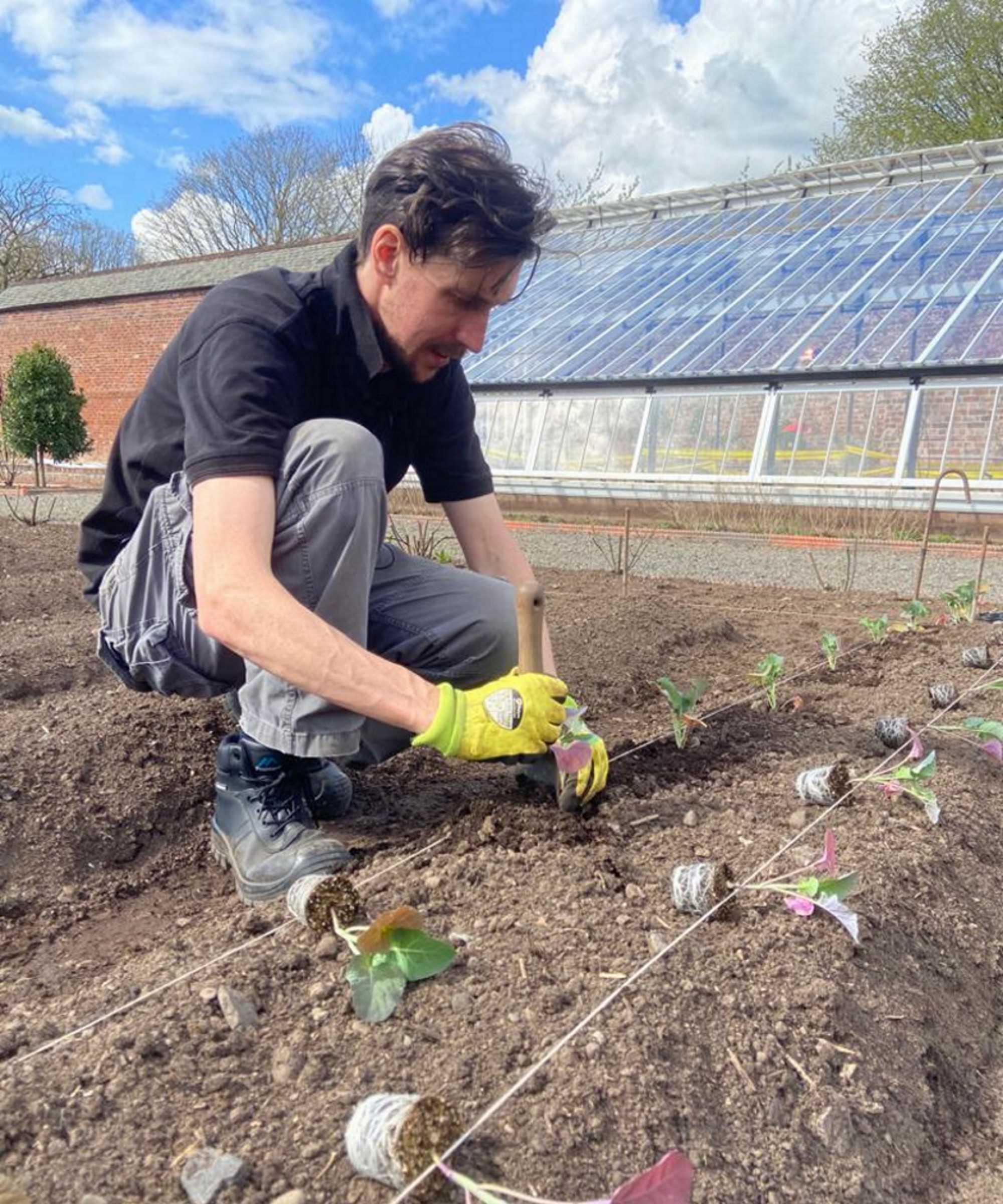
Drew has worked as a writer since 2008 and was also a professional gardener for many years. As a trained horticulturist, he worked in prestigious historic gardens, including Hanbury Hall and the world-famous Hidcote Manor Garden. He also spent time as a specialist kitchen gardener at Soho Farmhouse and Netherby Hall, where he grew vegetables, fruit, herbs, and cut flowers for restaurants. Drew has written for numerous print and online publications and is an allotment holder and garden blogger. He is shortlisted for the Digital Gardening Writer of the Year at the 2025 Garden Media Guild Awards.
You must confirm your public display name before commenting
Please logout and then login again, you will then be prompted to enter your display name.
